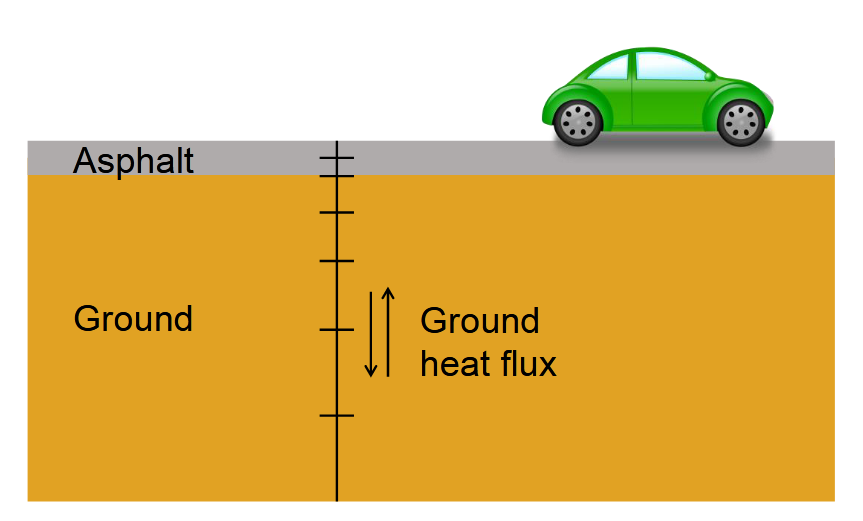FMI's road weather model
Virve Karsisto describes the currently used road weather model in Finland.
Length: 25 minutes.
Finnish Meteorological Institute’s (FMI) road weather model has been in operational use for almost 20 years. The main outputs of the model are road surface temperature and amounts of water, snow and ice on the road. Based on these values, the model determines also the road condition (e.g. wet, icy or snowy), calculates friction and gives index for overall driving conditions (normal, difficult, very difficult). The forecasts help in the road maintenance decision making and give useful information to the road users about the driving conditions. In the actual forecast phase, the input is obtained from forecast edited by duty meteorologist.
There are several things that know about the model behavior. For example, the model is very dependent of the driving forecast. The typical errors in the input data will also present themselves in the road weather forecast. In addition, the present model assumes open sky conditions and doesn't take into account the openness of the surroundings. This can cause error to the forecasts for example in forested areas. The model aims to improve the first forecast hours by utilizing a method called coupling. This correction is used during the forecast phase so that its effect reduces as the forecast advances. Although coupling improves the forecast in average, in some situations it might not work as intended.

